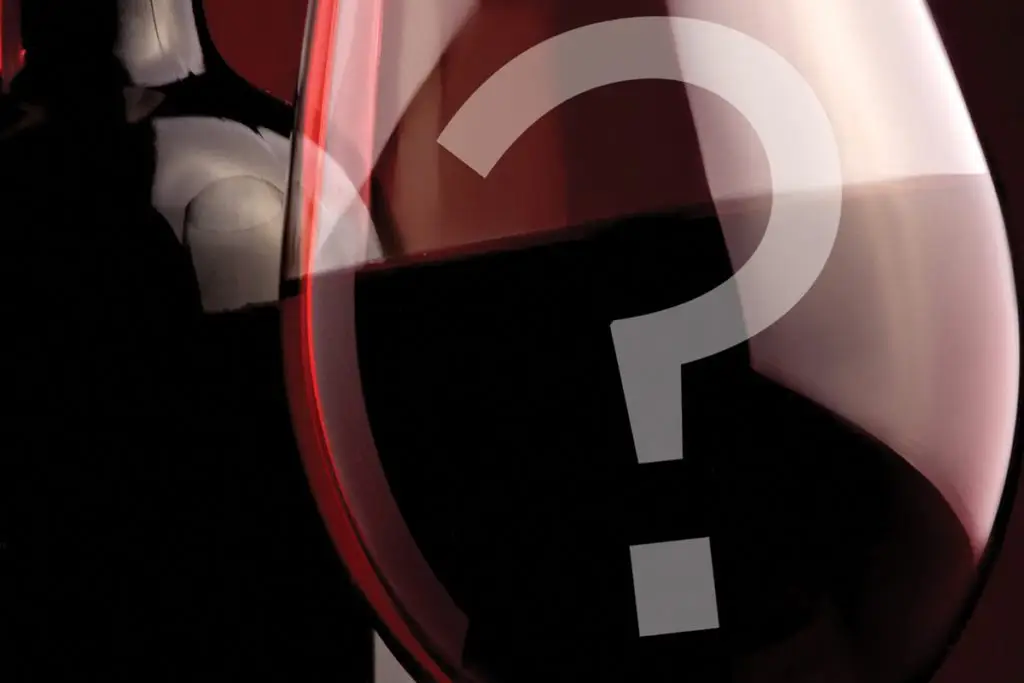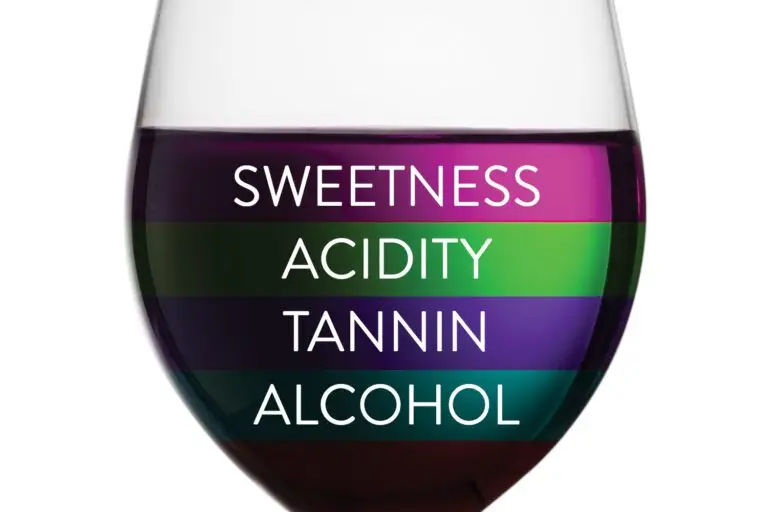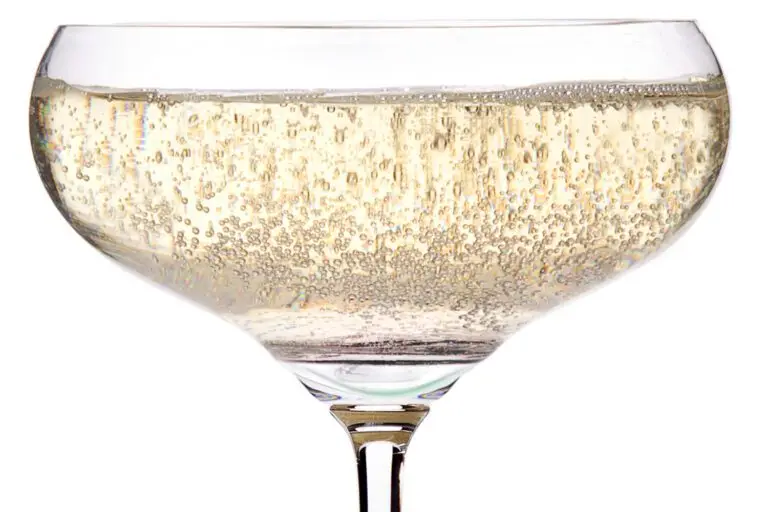I love to watch old movies in which the actors are shown tasting wines blind. You know the scene: someone hands a character or two a glass of an unknown wine and asks them to guess what it is. Usually they sniff and take a sip, saying with assurance, “Oh, this is Chateau Latour 1953.”
If only the process was that simple.
Blind tasting is defined as the identification and evaluation of a wine’s specifics when handed a glass without being told anything about it. While many think it is a simple parlor game that seems rather straightforward, I will tell you that it is one of the most challenging aspects of being an accomplished taster. It is all too simple to be led away from the correct deduction by some small flavor or nuance in the wine, as not all wines conform to textbook examples of their region.
Most of the esteemed wine examinations include a component of blind tasting: Master Sommelier, Master of Wine, Wine and Spirits Education Trust and Certified Wine Educator all have some aspect of blind identification and evaluation as part of their exams. What it boils down to is using all of the knowledge you have to give you clues about the wine you have in the glass. That involves using the wine’s component levels to funnel down to a deduction.
I was taught to build a grid based on wine characteristics, consisting of color, acidity, alcohol, residual sugar, tannin, fruit and length of finish. I add to my personal grid oak (large/small barrels, toast level, French/American, new or old), maturity, and quality. Each wine gets a few minutes of focused scrutiny, first nosing through them to start to take notes on these grid specifics and also to help decide the tasting order. High alcohol and residual sugar can impact how the next wine tastes, so those wines are pushed back for tasting later in the evaluation.
Filling in the grid can help determine what the wine can’t be because of the components and flavors, then what it could possibly be, and finally what it must be.
Let me describe a wine as if I was tasting the wine blind with the conclusion from each observation;
Deep opaque purple-garnet color (rules out light colored grapes, such as Nebbiolo, Sangiovese, Tempranillo, Pinot Noir and leads to a youthful wine due to its purple hue). Aromas of black cherry and new oak vanillins (suggests new world, due to fruit ripeness and new oak, and oak intensity suggests small barrel aging and an expensive bottle).
Alcohol is evident in the nose (ripeness and warmer climate origins). Tannins and acidity are evident (ripe tannins and acidity denotes fruit harvested at peak maturity from a structured, quality grape).
The nose with its black fruit could lead to a new world (North/South America, Australia/New Zealand, South Africa) Cabernet, Syrah, Merlot or Malbec. Lack of mouth-coating texture and blackberry notes would lead away from Syrah and Malbec. It has too much tannin, acid and color for Merlot. That would leave a youthful Cabernet Sauvignon – without Sonoma’s herbalness, South Africa’s earthiness, Chile’s coal smoke notes or Australia’s big style. By determining what it couldn’t be, that would lead to Napa Valley Cabernet.
Hugh Johnson, one of the world’s foremost wine experts and blind tasters, was asked when was the last time he had misidentified a wine blind. “Lunch” was his humble response.
Should you wish to apply all your wine knowledge and tasting ability to the test and are a bit of a masochist at heart, try blind tasting. It is the way to truly reach the peak of wine mastery.





